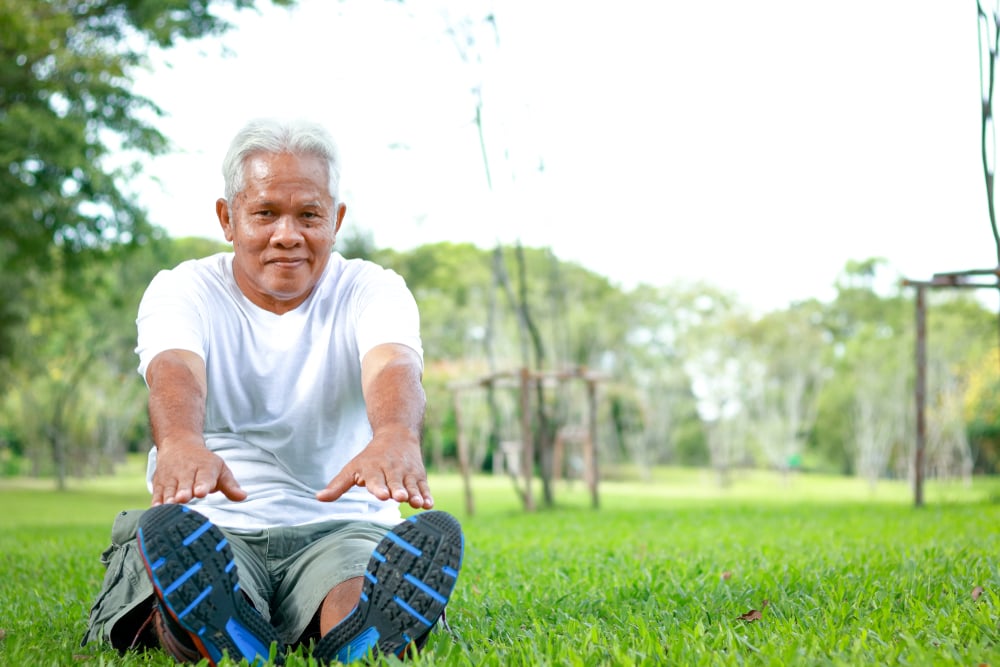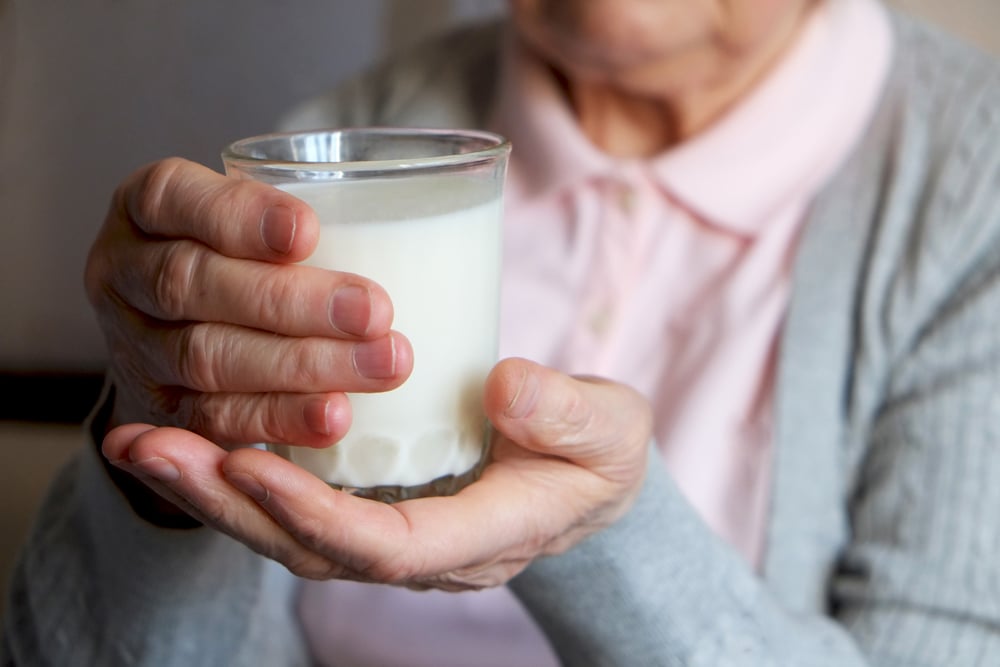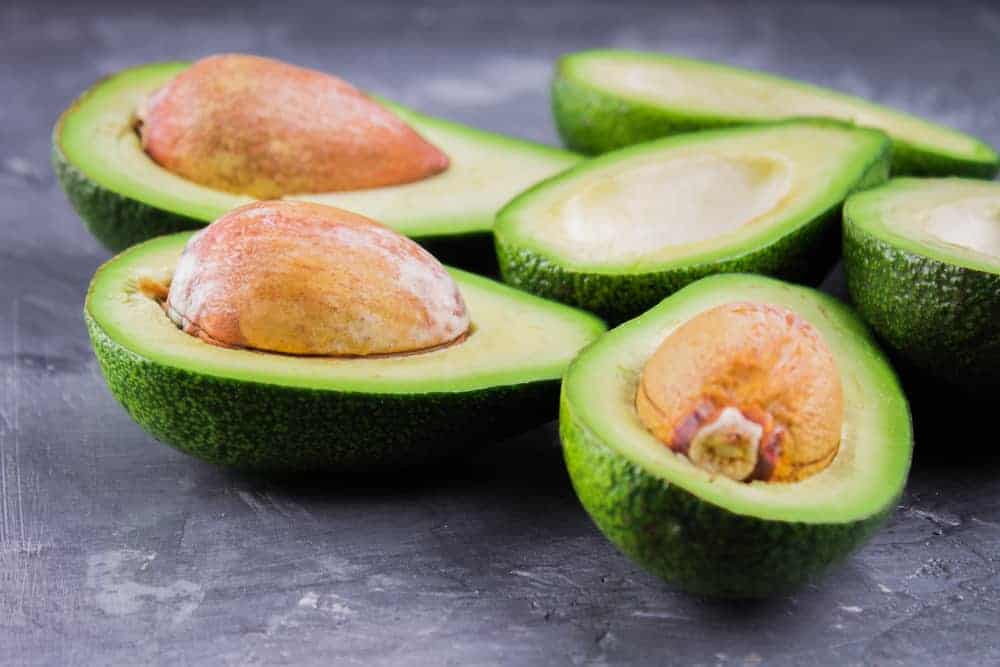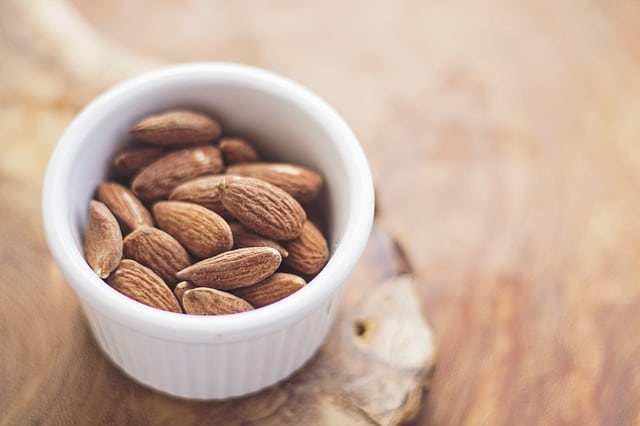Must Know! These Benefits of Stretching for the Elderly
Happy old days are related to body health. This needs to be supported by physical activity and fulfillment of good nutrition. Not only at a young age, physical activity also needs to be done for those of you who are in old age. Simple exercises that can be done are stretching. This is important to do, because with age, muscle flexibility decreases. Stretching is one of the best options for maintaining muscle flexibility in the elderly. There are various benefits of stretching and essential nutrients for the elderly in order to achieve a good quality of life.
Benefits of stretching in old age

Enjoying life by relaxing and not doing much physical activity can make the elderly get used to a sedentary lifestyle. The body that is not actively moving makes the muscles stiffer and reduces their flexibility. The muscle stiffness that occurs can increase the risk of arthritis (arthritis). In addition, people aged 65 years and over have the potential to lose muscle mass when they do not stretch muscles regularly.
In Journal of Aging Research, studied groups of people over 65 years of age and found that flexibility is closely related to age and decreased activity. This also has an impact on a person’s flexibility. Researchers saw that physical activity supported the study subjects’ body flexibility, such as in the hips.
The research illustrates the importance of safeguarding physical activity in old age. Even though this condition is fairly natural, there are still ways for the elderly to manage muscle flexibility and strength, namely by stretching exercises. Here are some of the benefits of stretching for the elderly that you need to know.
1. Improve physical performance
Muscle flexibility can be trained by doing stretching exercises. If done routinely, it will be easier for the elderly to carry out their daily activities, such as lifting objects, bending over, turning their bodies, or other repetitive movements.
2. Improve blood circulation
Stretching in the elderly provides benefits to improve blood circulation. Body temperature the muscle tissue will increase when you do physical activity. Increase body temperature this contributes to blood circulation in the body.
In addition, when the elderly are physically active, the muscles of the body help blood circulation to work faster throughout the body. The increased circulation makes the heart muscle race faster. Thus, physical activity encourages a twofold supply of oxygen throughout the body through the smooth circulation of blood. This benefit certainly supports the elderly’s body to stay in shape.
3. Supports posture
With age, changes in posture in the elderly generally experience osteopenia and osteoporosis, which are caused by reduced bone density. This condition is experienced by women when they enter menopause and men experience this around the age of 65.
In addition to decreasing bone density, muscle mass changes with age. Muscle will shrink and turn into fat, resulting in weak muscle strength in the elderly. This has an impact on changes in body posture.
Therefore, stretching can help the elderly to improve their posture. The muscle strength created by stretching can support good posture in the elderly. In addition, stretching also reduces the problem of low back muscle pain that is often experienced by the elderly.
4. Reduces muscle tension
Muscle tension usually occurs when the body is not actively moving, causing the body to become stiff and painful. Therefore, it is necessary to do muscle stretching for the elderly to maintain muscle flexibility in order to reduce and avoid pain due to muscle tension.
5. Improve coordination
A weak coordination system makes it easy for the elderly to fall when they are on the move, when they are walking, riding a bicycle, or lifting things. Weak coordination systems are also associated with loss of muscle mass and flexibility. To overcome this, stretching exercises can help improve coordination and balance in the elderly. That way, he is able to do activities more optimally because his body coordination is trained to be balanced and not easy to fall
Tips for doing stretching exercises for the elderly

Stretching exercises need to be done in areas that are difficult when performing repetitive movements. However, mainly stretching needs to be done by training several muscles such as the neck, legs, hands, shoulders, and hips. This muscle stretching can be done independently at home. For comprehensive movement, you can take a tai chi class with a professional teacher.
In order to maintain activity, at least the elderly need to do stretching exercises every day with a duration of 15-30 seconds on each part of the body. You can repeat each movement 3-5 times.
There are a few tips to keep in mind when stretching exercises.
- Consult your doctor about stretching exercises or whatever exercise you plan to do.
- Before stretching exercises, warm up the muscles first. For example, walking or moving your arms.
- At first, stretching exercises can cause muscle discomfort. If you feel pain in your knee or other joint, stop stretching immediately.
- Stretching is done slowly and not in a hurry. Avoid jerking or bouncing movements to avoid injury.
- Try not to bend or lock your joints when stretching. However, you can still bend the rest of your body.
To be more excited, invite your partner or friends to join in stretching exercises together.
Important nutrition to support the health and physical activity of the elderly
Health and quality of life of the elderly are not only supported by physical activity, but nutritional adequacy. When doing activities, of course the body needs enough energy so that it is more powerful. Of course, this energy is obtained from a variety of nutritious foods.
Nutrition and physical activity cannot be separated in improving the health and physical fitness of the elderly. Nutrition and physical activity work together to increase the strength of muscles, bones and joints.
Not only that, the fulfillment of these nutrients is carried out to help overcome the problem of loss of muscle mass and bone density that occurs naturally in the elderly. The intake of these nutrients supports the elderly in gathering energy to support the strength of their muscles and bones, so that they are strong in carrying out physical activities.
Therefore, the elderly need to eat a variety of foods so that they can get optimal nutritional benefits. Here are a few nutrients that need to be fulfilled by the elderly to improve health and physical activity.
1. Protein
Important protein is included as a nutrient that must be consumed by the elderly. These nutrients aid in the loss of muscle mass experienced by the elderly as they age. Consumption of protein can boost muscle strength in the elderly to increase physical activity.
Protein can be obtained from the following foods.
- Poultry
- Lean beef
- Fish
- Egg
- Tofu and tempeh
- Nuts
- Dairy products
Apart from the various foods above, the elderly can also supplement their protein needs by consuming whey protein. Whey protein is a good supplementation, especially in increasing muscle mass for the elderly. Researchers see whey protein can be a good alternative to maintain the quality of health in the elderly.
Consumption whey protein can support the body’s strength of the elderly to perform physical activity independently. Whey protein also helps restore muscles when the elderly are engaged in intense physical activity. That way, adequate intake of whey protein and consumption of other nutritious foods can help support the elderly to have a smooth physical activity.
2. Calcium and vitamin D

Calcium and vitamin D are essential nutrients for maintaining muscle and bone strength and preventing osteoporosis. Vitamin D cannot be produced independently by the body. So, you need to bask in the morning sun to get vitamin D. In the body, vitamin D is responsible for increasing calcium absorption.
Meanwhile, calcium can be easily found in foods such as:
- Green leafy vegetables, such as broccoli and cabbage
- Tofu
- Milk and cheese
- Nuts
- Fish
Based on Clinical Nutrition Research, calcium has an important relationship in reducing the risk of fractures, and other chronic diseases. The benefits of calcium and vitamin D can be obtained optimally for the elderly, supported by regular physical activity.
3. Vegetable fats

Fat is still needed by the body when you step on it elderly. Wisely, choose vegetable fats obtained from avocado, sesame oil, almonds, macadamia nuts, and cashews. Vegetable fats are known by the term monounsaturated fats or monounsaturated fatty acids.
Without enough fat, the body is unable to carry out its functions properly.Fat becomes a source of energy or fuel when the elderly do physical activity. Fat becomes reserve energy after carbohydrates. Fat intake in a balanced nutrition menu can help the elderly in increasing their capacity for physical activity.
4. Vitamins B12 and B6

The elderly also need to get vitamin B12 and B6 intake. In general, B12 supports the production of red blood cells and circulates oxygen throughout the body. This benefit can reduce the risk of anemia in the elderly. Meanwhile, vitamin B6 reduces the risk of cardiovascular disease and cancer.
Not only that, vitamins B6 and B12 support the process of converting protein and sugar into energy in the body. The fulfillment of vitamins B6 and B12 is important to do so that the elderly are more energetic in carrying out their physical activities. Adequacy of vitamin B12 in the daily menu also provides benefits for strengthening elderly muscles in the elderly in physical activity.
You can get the benefits of vitamins B6 and 12 from some of these foods:
- Salmon and tuna
- Egg
- Poultry
- Vegetables and fruit, for example green leafy vegetables, bananas, papayas and oranges
Some elderly people may experience problems absorbing B vitamins. Usually marked by symptoms of anemia. If this happens, consult a doctor immediately. It is possible that you are recommended special supplements or intakes to support nutrient absorption.
5. Vitamin E

For adults 55 years and over, vitamin E is a nutrient that cannot be missed. The antioxidant content in vitamin E can relieve muscle cramps and prevent the dangers of oxidative stress that may arise when the elderly are physically active.
Oxidative stress usually results from free radicals caused by air pollution, sun exposure, radiation exposure, or cigarette smoke. Oxidative hazards can interfere with normal cell function which can have an impact on the body’s immune system to fight disease. Therefore, the body needs vitamin E which is useful in improving immune function.
Compatible benefits are mentioned in the journal Clinics 2021, mentioned the α-tocopherol content in vitamin E can support the body’s immune response. This means that vitamin E can increase the body’s resistance in the elderly against various diseases.
Besides that, also research in journals Oxidative Medicine and Cellular Longevity said, vitamin E has anti-aging properties for muscles because of the antioxidant content in it, and prevents sarcopenia, which is a condition when a person loses muscle mass.
You can reap the benefits of vitamin E from the following foods.
Now, you already know a variety of important nutrients to support the physical activity of the elderly. Make sure these five nutrients are present in every daily diet. Proper nutrition is balanced with regular stretching exercises to maintain the quality of your health optimally.
It’s important to remember. in fulfilling daily nutritional intake and supplementation, it’s a good idea to consult a doctor to make sure you are on the right track.